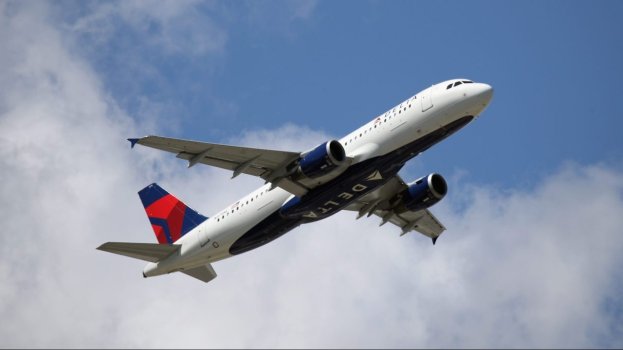K
Kathleen Martin
Guest
There is growing concern about the threat of drones flying in the path of aircraft. 8 On Your Side found the agency in charge of catching violators had seven local enforcement cases in the past year, so how do we decrease the risk in our skies? We talked with aviation experts to find answers.
Right now, there are 868,000 drones registered in the U.S. Countless drones are not registered. Just one agency is in charge of making sure every single operator follows the rules.
It’s one of the very few increasing risks in aviation: the threat of drones striking aircraft. For years, pilots have described close calls and near misses.
In the Tampa Bay area in the past 12 months, there’s been more than 40 sightings reported to the FAA and many more reported to other agencies during live events, including nearly 30 during Super Bowl week earlier this year.
The agency solely in charge of regulating airspace has had seven local enforcement cases against drone violators.
Aviation expert Captain John Cox says keeping our skies safe will take more than pure enforcement.
“There’s always a challenge for resources, FAA has to prioritize and they are pursuing enforcement against the egregious cases,” Captain Cox said.
So how do we keep more drones out of unauthorized airspace? Captain Cox says one option is to focus on the drone’s technology.
“One of the solutions that we’re seeing with the larger drones is geofencing and that is where the drone using GPS knows where its position is and it knows where it’s not allowed to fly,” said Captain Cox. “It’s been increasingly used and increasingly effective.”
Another potential solution would focus on the operator.
Right now, to fly a drone as a commercial pilot in Florida, you need to be certified. Recreational users do not need a license
“I think that may end up being necessary to increase the requirements for drone licensing because most of these intrusions have been people flying drones where they shouldn’t,” said Captain Cox.
Captain Cox says larger, heavier drones are required to transmit their position. However, only certain aircraft can receive that transmission and warning.
Continue reading: https://www.wfla.com/8-on-your-side/aviation-expert-weighs-in-on-how-to-decrease-drone-dangers-to-aircraft/
Right now, there are 868,000 drones registered in the U.S. Countless drones are not registered. Just one agency is in charge of making sure every single operator follows the rules.
It’s one of the very few increasing risks in aviation: the threat of drones striking aircraft. For years, pilots have described close calls and near misses.
In the Tampa Bay area in the past 12 months, there’s been more than 40 sightings reported to the FAA and many more reported to other agencies during live events, including nearly 30 during Super Bowl week earlier this year.
The agency solely in charge of regulating airspace has had seven local enforcement cases against drone violators.
Aviation expert Captain John Cox says keeping our skies safe will take more than pure enforcement.
“There’s always a challenge for resources, FAA has to prioritize and they are pursuing enforcement against the egregious cases,” Captain Cox said.
So how do we keep more drones out of unauthorized airspace? Captain Cox says one option is to focus on the drone’s technology.
“One of the solutions that we’re seeing with the larger drones is geofencing and that is where the drone using GPS knows where its position is and it knows where it’s not allowed to fly,” said Captain Cox. “It’s been increasingly used and increasingly effective.”
Another potential solution would focus on the operator.
Right now, to fly a drone as a commercial pilot in Florida, you need to be certified. Recreational users do not need a license
“I think that may end up being necessary to increase the requirements for drone licensing because most of these intrusions have been people flying drones where they shouldn’t,” said Captain Cox.
Captain Cox says larger, heavier drones are required to transmit their position. However, only certain aircraft can receive that transmission and warning.
Continue reading: https://www.wfla.com/8-on-your-side/aviation-expert-weighs-in-on-how-to-decrease-drone-dangers-to-aircraft/

